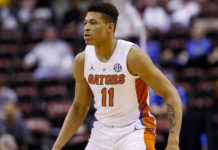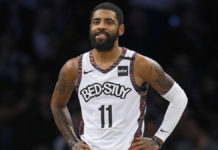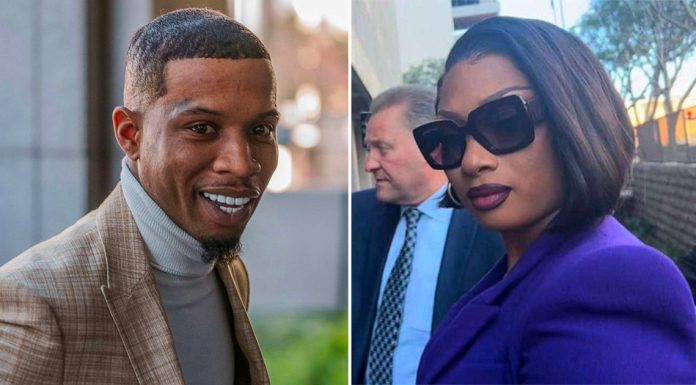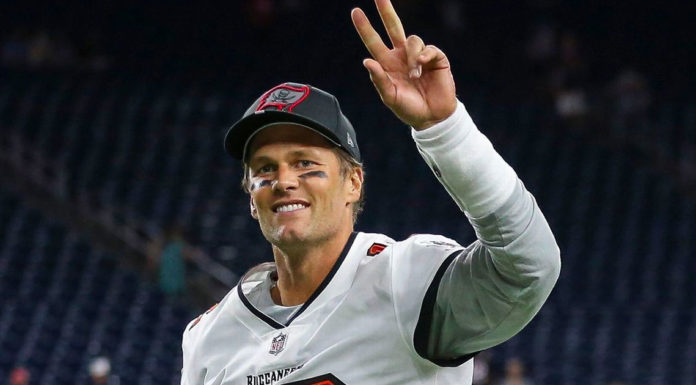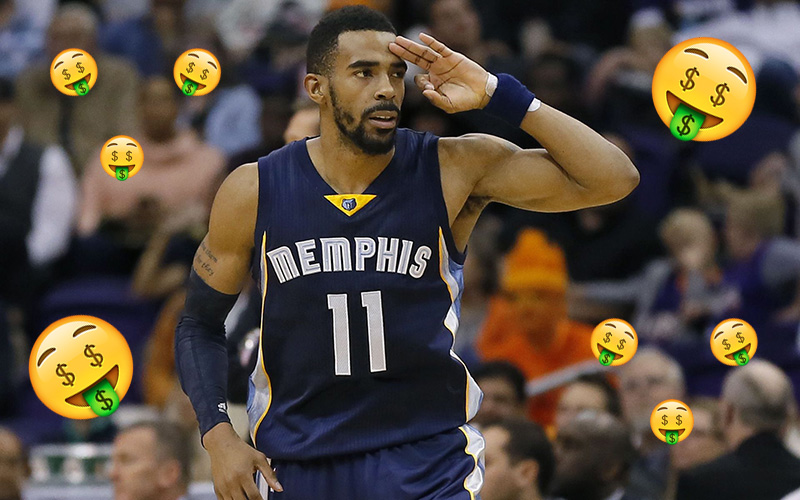
With all of the big name trades and moves going in this NBA offseason, one marked by an increase in the overall cap limit, one story has gone quietly under the radar: the story of Mike Conley of the Memphis Grizzlies receiving the biggest contract in the history of the NBA.
The deal, a 5-year $153 million contract, makes Conley just the third player ever to be awarded over $30 million a year. The other two? Kobe Bryant and Michael Jordan. Few would ever bunch Conley with two of the greatest players the sport has ever seen, and yet, there he sits, a member of a highly exclusive group.
But just because he’s earning what they did does not make Conley one of the greatest to ever play the game. In his 9 years in the league, he has averaged just 13.6 points and 5.6 assists per game. Respectable, but few would argue worthy of such a hefty price tag.
Part of this lucrative contract comes down to timing. Conley became a free agent at the right time with the cap limit rise. But this deal shines a light on another aspect of the NBA at large: there are drastically different philosophies across the league as to what it takes to win championships.
On the one hand, there is what I like to call the super squad approach. LeBron James brought this tactic into the spotlight six years ago when he went to Miami with the likes of D-Wade and Chris Bosh. At the time, many consider this team to be unbeatable because of the sheer talent the Heat (really James) had managed to bring to South Beach.
The resonations of this move can still be felt today. LeBron, upon returning to Cleveland, joined Kyrie Irving and brought on Kevin Love to try and recreate the magic he had with the Heat. And even this year, you see the trades mimicking this approach, with Derrick Rose joining Carmello Anthony in New York and Kevin Durant’s announcement that he was joining Steph Curry and the Warriors.
The mindset here is put as much big name talent as you can on the floor, and your team is bound to be successful. Usually, this means a pay cut for most of the players, who could undoubtedly earn a higher wage elsewhere. But they choose to play for said team with the hopes of winning a quick championship or two (or three, four, five, six, seven).
The success rate of this strategy is mild, at best. Yes, LeBron and the Heat managed two championships in his four years with the Heat, and he’s won one since forming his new team in Cleveland, but it’s a far cry from the seven he was hoping for when he first left his hometown.
The alternative strategy is being deployed by the Grizzlies right now and is best demonstrated by the San Antonio Spurs and, prior to Durant joining, the Warriors. It involves building a team around role players who, alone, couldn’t win it all, but together have a chance.
The Grizzlies haven’t just re-signed Conley. They’re also pushing to hold onto Marc Gasol and Zach Randolph (the core of the team), and surrounding them with solid players like Matt Barnes, Vince Carter, Tony Adams and Lance Stephenson. Individually, not very impressive, but combined, managed to finish third in their division and make the playoffs.
The idea here is to build and maintain a team that learns their roles and how to work together to win games. The Spurs have been doing it for years. Outside of Tim Duncan, and now Kawhi Leonard, they have never had a superstar on their team. And yet, they’ve managed to consistently be a threat and even knocked off LeBron and the Heat in his last year there. A look at the Warriors pre-Durant shows the same thing. Great players who weren’t the biggest names in the league coming together to go toe-to-toe to their superstar-laden opponents.
With the cap limit increased, the ability for teams to bring in as many big names as they can is more doable than ever, but the question is, is this the right strategy?
The Grizzlies don’t seem to think so. No knocks to Conley and his teammates, but it’s clear they are taking a different approach. Rather than try to find the best outright individual players to fill their rosters, they are hoping to build a team.
With all of the changes going on across the league right now, I for one can’t wait for the NBA to kick into gear again, and when it does, we’ll see which strategy pays off.

